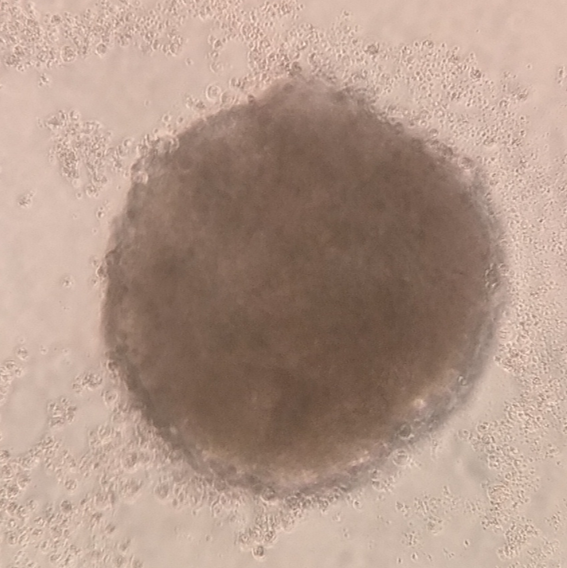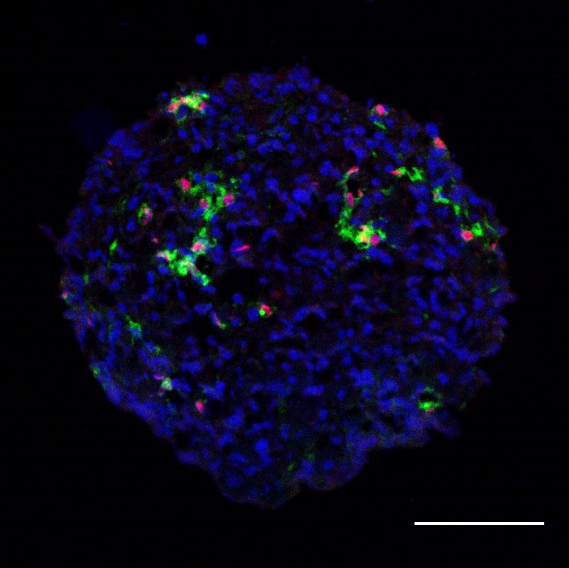With 10% to 15% of couples affected by it, infertility is a major public health issue. Male factors drive close to 50% of infertility cases and etiologies remain unknown in about 30% of them. Despite progress in male reproductive biology, current knowledge on the mechanisms regulating gametogenesis remains limited due to a lack of pertinent experimental models. Today, with their ability to differentiate into any type of cell, induced pluripotent stem (iPS) cells offer great opportunities for creating in vitro models of human diseases and thus better knowledge on pathophysiological processes.
With that in mind, researchers from the Laboratory of Development of the Gonads (UMR SGCSR/IRCM), the CellTechs Sup'Biotech/SEPIA partnership lab, the Imagine Institute1, the Antoine Béclère Hospital2 and the CNRGH brought together their competencies to characterize complex genetic abnormalities in two infertile male patients, one with nonobstructive azoospermia and the other a sexual development disorder. In their study, published in Scientific Reports, the use of cytogenetics, DNA microarray chromosome analysis and complete genome sequencing enabled the identification of gene candidates possibly involved in infertility.
Naive iPS cells were then generated from the patients' erythroblasts and differentiated into primordial germ-like cells (PGCs), these latter being precursor cells for gametes. The expression of early PGC marker genes confirmed their progression toward the early germline stage.

| 
|
| Transverse section of differentiating primordial germ-like cells (PGCs) in a four-day-old embryoid body formed from human iPS cells. Blue: DNA; Rouge: Oct4 pluripotency marker; Green: PGC marker (Scale bar = 100 µm)..
|
The team's results show that iPS cells generated from these patients are able to differentiate into functional PGCs despite the patients' genetic abnormalities. However, the role the identified genes play in the absence of mature gametes in infertile patients remains to be elucidated.
This in vitro model of infertility will surely help identify the causes of germ-cell development failure and prove highly useful in the exploration of novel therapeutic strategies.
1 Laboratoire des Mécanismes Moléculaires et Cellulaires des Maladies Hématologiques et leurs Implications Thérapeutiques INSERM U 1163
2 Service d'Histologie, Embryologie et Cytogénétique de l'Hôpital Antoine Béclère